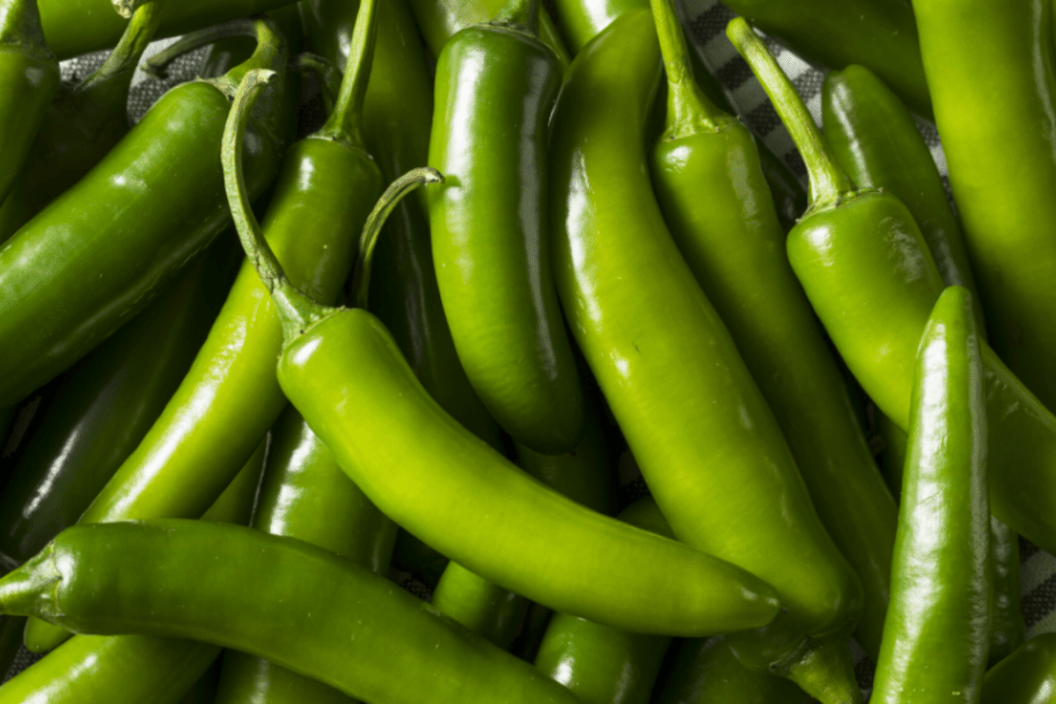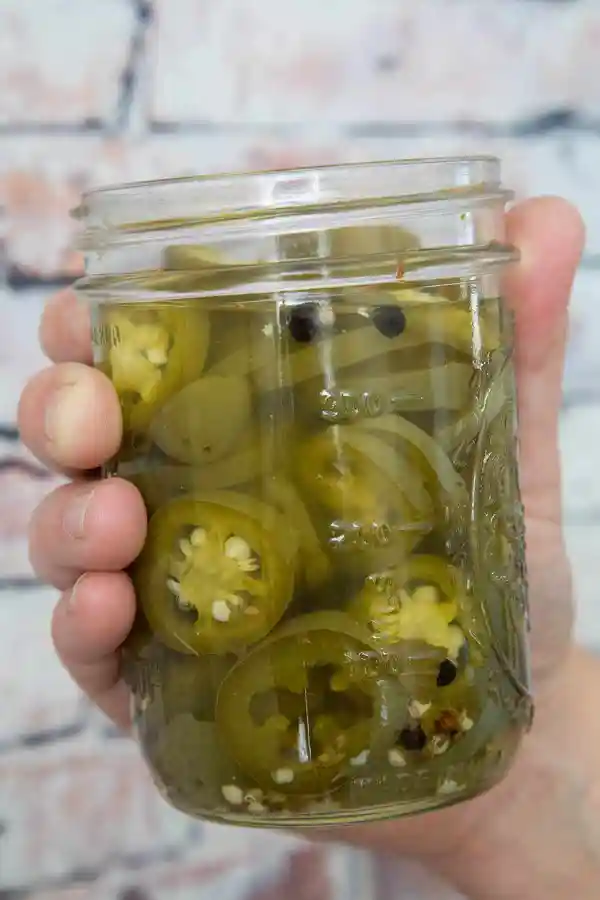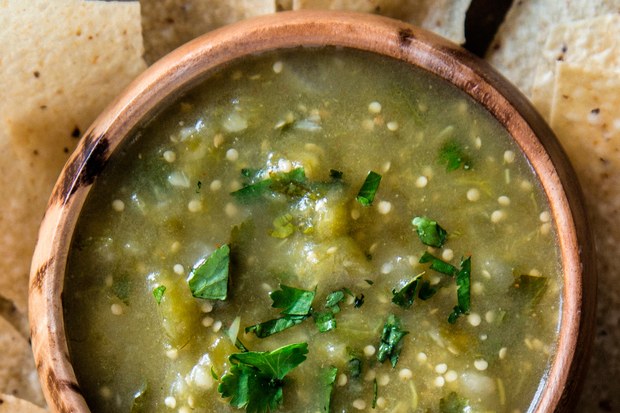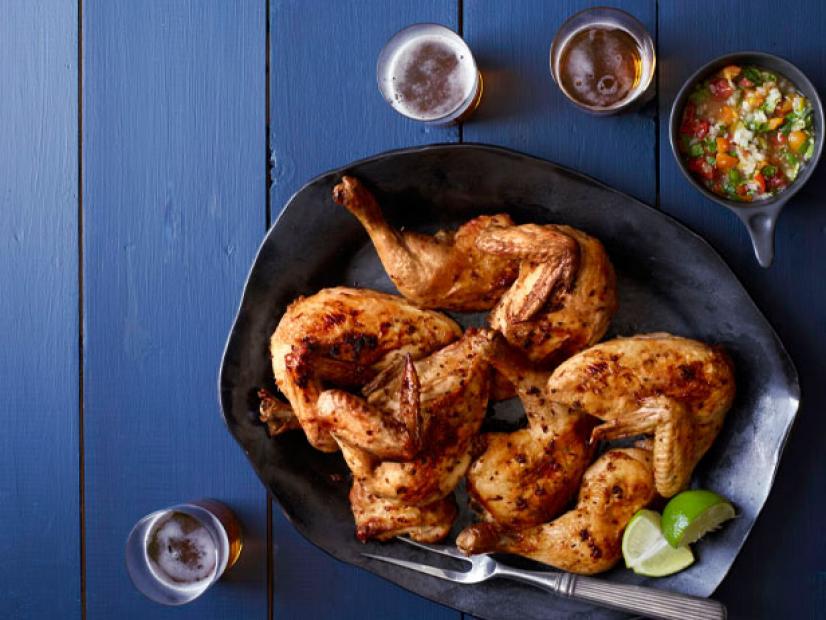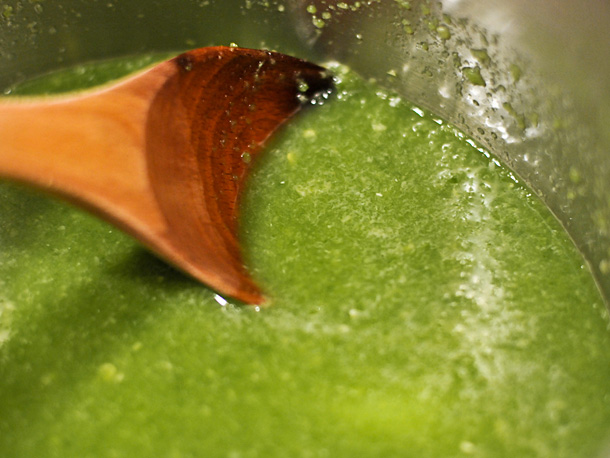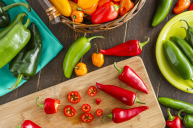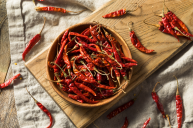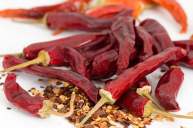There's no doubt people love their share of spicy food. Whether it be from hot sauce or spicy peppers, there are a number of ways to increase the heat level in any dish. When it comes to peppers, it easy to distinguish the difference between common ones like bell peppers, poblanos and habaneros. However, when it comes to serrano vs jalapeño peppers, it can get a bit confusing.
Videos by Wide Open Country
The heat of chilies is measured on the Scoville Scale. The peppers are measured based on their Scoville Heat Units, or SHU. According to Chili Pepper Madness, " What is really being measured is the concentration of "capsaicin", the active ingredient that produces that sensation of heat on our tongues." The jalapeno has 2,00-8,000 SHU vs the serrano with 10,000-23,000 SHU. Cayenne is even hotter, followed by habanero peppers, New Mexico Scorpion and the Carolina Reaper. Currently, the hottest pepper is Pepper X, measuring over 3 million SHU.
If you're looking for a pepper with a milder level of heat, a poblano would be a great choice. Poblano peppers only have between 1,000-2,000 SHU.
The flavor and size between jalapenos and serranos is quite similar, but the heat level is one of the key differences. That doesn't mean though that you can't use these hot peppers interchangeably. For example, if you are following a recipe that calls for serrano peppers, but you were only able to find jalapeño peppers at the grocery store, no worries. Go ahead and use jalapeños!
How to Distinguish Between Jalapeños and Serranos at the Grocery Store
If you're stuck at the produce aisle unable to distinguish between the peppers in front of you, the main visual cue to look for is size. Although there is some overlap in size, serrano peppers are generally smaller than jalapeños. Serranos are about one to two inches long, with a narrow shape. Jalapeños, on the other hand, are two to three inches long and will be a bit wider than their counterparts. Serranos will change from green to yellow to brown or red as they get fully ripe, while jalapeños can be found in shades of red, orange and yellow. If you accidentally choose the wrong pepper for your recipe, don't worry, they can be used as substitutes for each other.
So, aside from their minor visual distinctions, what is the real difference between serranos vs. jalapeños? Here's what you need to know about these two peppers.
Serrano Peppers
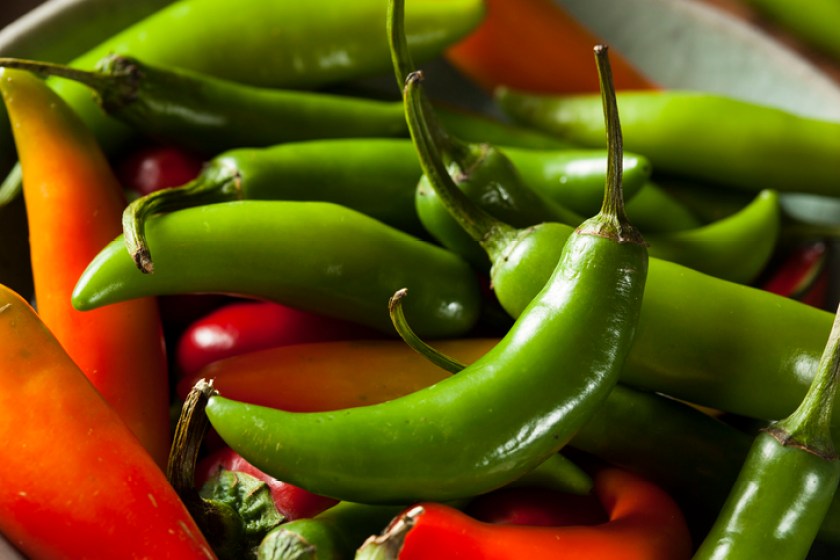
Getty Images/bhofack2
Serrano peppers, or Capsicum annuum, are grown in the mountainous areas of Puebla and Hidalgo in Mexico. In fact, the name "Serrano" comes from the Sierra mountains that these peppers grow in. Serrano peppers are usually 1 to 2 inches long. Unripe, but totally edible serrano peppers are green and ripe serranos come in shades of yellow, orange, red and brown.
These tasty peppers are often used to make giardiniera, an Italian relish made of pickled foods. They're also ideal for dishes like pico de gallo and salsa, and are the second most commonly used pepper in Mexican cooking after jalapeños. They're also common in Southeast Asian cuisines. Serrano peppers are typically fleshier than most other peppers, which makes them perfect for cooking along with their fiery flavor.
Serrano peppers are very versatile, another perk that makes them popular in the kitchen. They can be eaten cooked, pickled, or raw depending on the recipe and your preferences. You can slice or chop them, or go for pureeing if you're making a sauce or salsa. Making chile oil is another tasty way to enjoy all their delicious heat. The spiciness is mostly centered on the seeds and inside flesh, so you can remove these parts or use less of them to decrease the heat in your recipe.
Serrano peppers no doubt pack on the heat. Coming in at 10,000-23,000 Scoville Heat Units and 3-4 times spicier than jalapeños, serranos might look tiny from the outside, but will definitely give you the heat you crave. Like mentioned before, you can absolutely substitute serrano peppers for jalapeño peppers, just keep in mind to decrease the amount of serranos since they are spicier.
Jalapeño Peppers
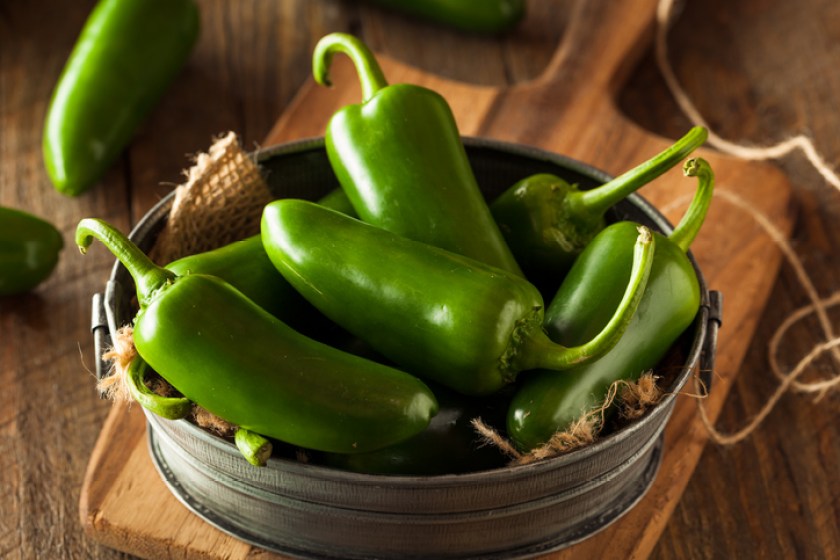
Getty Images/bhofack2
Jalapeños are also grown in Mexico and are the most popular pepper used in Mexican cooking, but they're very easy to find at grocery stores around the United States as well. The. name "jalapeño" comes from the Spanish word "Jalapa" or "Xalapa," which is the capital of Veracruz Mexico where these spicy peppers originated. Jalapeño peppers are about 2-3 inches long and are usually eaten when they're green. If allowed to ripen, you'll find them in shades of red, orange or yellow. When ripe, jalapeño peppers are tasty and sweeter than the more common green variety.
Jalapeño peppers are milder than serrano peppers with a Scoville rating of 3,500-8,000. Jalapeños are an all around great spicy pepper to use in many recipes if you want to kick up the heat level, but not in an overwhelming way.
Keep in mind that in most hot peppers, capsaicin, the chemical in chili peppers that gives heat and spice is found in the pith and seeds of the pepper. So, if this doesn't bother you, no need to remove those things if you enjoy the extra punch of heat.
Jalapeño peppers are even more versatile than Serrano peppers, since they can be used in all of the same recipes but are less spicy. Put some chopped jalapeños on your pizza, in your soup, in stir fry, or even on a sandwich. If you're using jalapeños instead of Serrano peppers, throw a few extra peppers in to reach the heat level that you would've with the spicier Serrano peppers.
Plus, jalapeño peppers have a surprising number of health benefits. One pepper has more vitamin C than an orange, making these a great choice if you're feeling under the weather or looking to boost your immune system. Capsaicin not only makes peppers hot, but it also has been shown to aid weight loss, stimulating the body's fat-burning abilities. So, if you're aiming to lose weight, one of the healthiest ways to do it would be to replace fatty and high-calorie foods with spicy foods like jalapeño peppers.
If you're trying to choose jalapeño peppers with the right amount of spice for your palette or that of your guests, there's a simple trick to see from the outside how spicy each pepper is. Look for jalapeño "stretch marks," little white lines on the green flesh of the peppers. These little streaks are a marker of how ripe and mature the pepper is, along with showing how much stress the pepper has endured. The older and larger the jalapeño, the more stretch marks there should be.
Another way to check for spice level is to cut off the top of the pepper and see how many seeds are on the inside. The spiciest part is the seeds and membranes on the inside of the pepper, so this is the most fool-proof way to check. If you're nervous about the spice level in your recipe, make sure to use the pepper gradually, adding a bit in at a time and then taste testing your dish for spiciness.
If you're looking for some recipe inspiration using serrano and jalapeño peppers, check out some of our favorite recipes below that really show off these two chili peppers.
1. Pickled Jalapeños
Put all of those jalapeños to good use by making pickled jalapeños. Flavored with ingredients like vinegar, peppercorns, and bay leaf, pickled jalapeños are great to stash away in the refrigerator for burger night.
Here's the recipe at Chili Pepper Madness.
2. Tomatillo Salsa with Serranos
If you love tomatillo salsa with a nice kick of heat, throw in some serrano chili peppers.
Here's the recipe at Epicurious.
3. Bacon-Wrapped Cheesy Stuffed Jalapeños
What's not to love? You have spiciness from the jalapeños, saltiness from the bacon, and creaminess from the cheeses. It sounds like the perfect appetizer to me!
Here's the recipe at Sally's Baking Recipes.
4. Serrano-Chile Rubbed Roast Chicken
Add some heat to your weeknight chicken dinner by using a serrano pepper in the spice rub. It doesn't take long to marinate the chicken, but marinating overnight is best.
Here's the recipe at Food Network.
5. Jalapeño-Serrano Hot Sauce
Show off these two peppers by including them in a homemade hot sauce recipe. It's so simple to make and you'll have a big batch to keep on hand for whenever you need a hot sauce fix.
Here's the recipe at Serious Eats.
This post was originally published on February 19, 2020
